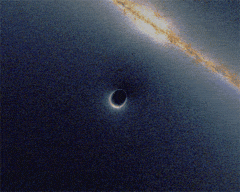It is said that everything that are live today, they will always
die. It may be dying at today or tomorrow or may be after some years.
This sentence is for all living things, and also for our
solar system.
Scientist said: “we don’t have to worry about this topic
this time, because our sun will not die in some next hundred years. It will die
in next some trillion years. We are living in golden time of solar time. Our
sun is younger today, and it will live for next trillion years.”
But we have to worry about our next generation, because no
things can survive without sun-light. Every living thing need sun-light to
fulfill their basic needs. Trees need it for photosynthesis, humans get vitamin
D from sun-light and they use sun light to convert it into energy.
If there is no more sun-light than no trees and plants can
survive. Humans can’t get food; they will fight with each other to grab others
food.
All liquid water on earth will convert into ice, it means there is no
more liquid water to drink, and we all know that we can survive for 1 month
without food, but can’t survive for even 3 days without water.
After some
months of sun’s death, there is no existence of human-being on earth. There are no
more living things aspect small lives which need this type of this type of environment.
Another dangerous thing related to this topic is blast of
sun when it will die. When there is no more fuel to burn in sun, it will expand
to get fuel.
It will ‘eat’ all planets one by one and after some time it will collapse
suddenly and blast called ‘little super nova’. After this blast there are only ‘dead
bodies’ of planets remains and at the place of sun there will be little planet
call ‘neutron planet’.
It’s size is similar to center of sun and density of
this type of planet is much higher compare to original density of sun.
Neutron planet is also called 'diamond planet' because it is full of pure carbon.
There is no existence of living thing including small lives
and bacteria after that blast (super nova).



